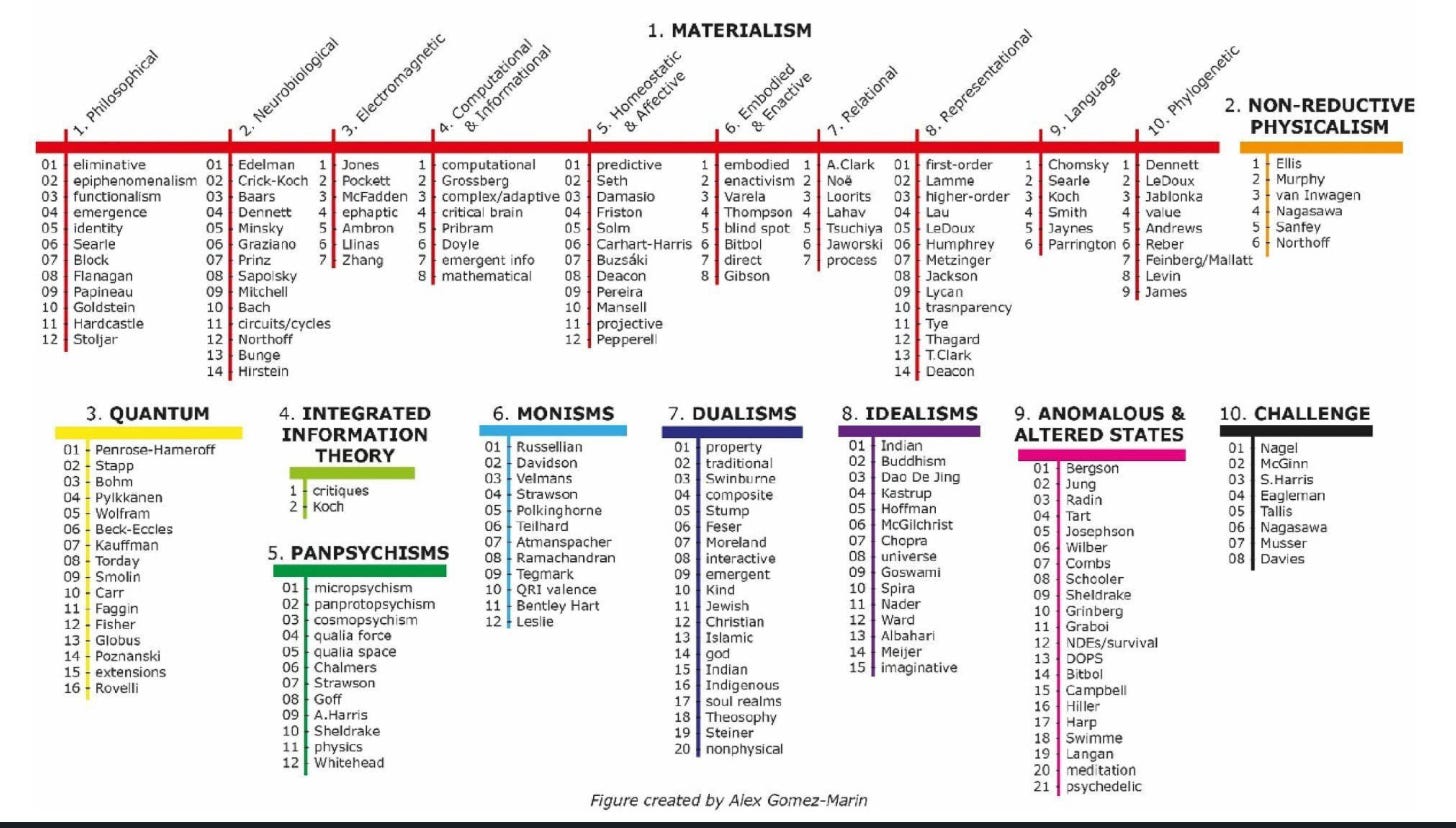Spirit, are you there?
The invisible doesn't need our belief to reveal itself. The spirit doesn’t just exist — it acts.
You know that gut instinct? That visceral hit, that fuzzy chill that shows up uninvited — a warning, or a sudden go for it, even when nothing's clear. We’ve all felt it. Sometimes we trust it. Sometimes we shove it under a pile of airtight reasoning. But it always comes back. Stubborn. Unsettling. And often right.
What if it’s not just about synapses and adrenaline? Even science is starting to recognize that intuition has its own logic. Einstein called it a sacred gift. What if it’s the beginning of a dialogue — quiet, but real — with something bigger than us?
This is where it begins. In the margins. Where science starts to stumble. Where consciousness — elusive by nature — still slips through the lens of the microscope.
Modern science has done wonders. It’s unfolded DNA like origami, sent machines to brush the edge of the solar system, taken matter apart, down to the atom. But when it turns to consciousness, it stalls. No center. No origin. No clear laws. And yet, without it, nothing makes sense.
So what do we do with what science can’t explain? With those phenomena called “marginal,” “paranormal,” or “anomalies”? Psychologist and researcher Thomas Rabeyron maps them in what he calls the Codex Anomalia — a rigorous attempt to document what science tends to sidestep. Not out of denial, but because these things resist one of its core principles: reproducibility.
But should we dismiss what can’t yet be reproduced? Or admit, simply, that our way of seeing the world is still incomplete?
Researchers and engineers are diving in. The HeartMath Institute explores the heart as a sensor: a measurable electromagnetic field, modulated by our emotions, connected to the nervous system. A possible interface between matter and perception. The Emerald Gate Foundation, a $200 million think tank, blends neuroscience, AI, meditation, and shamanic traditions to create awakening technologies: neurofeedback, subtle frequency sensors, intuitive interfaces.
But this movement isn’t limited to a few pioneering labs. A new frontier is taking shape: Spirit Tech. A hybrid field at the crossroads of science, intuition, and fine perception.And today, it’s taking on tangible forms. Playtronica makes vegetables and bodies sing. Plants FM translates the electrical activity of trees into music. Others are tuning into the vibrations of water, stones, animals.
It’s not about understanding, exactly. It’s about feeling differently. Entering into relationship with what surrounds us — beyond words.
Perception is shifting. Slowly, almost silently. Like turning a small piece inside a machine — a minimal gesture that reorients the entire system.
But the revolution isn’t only technological. It’s also a return. To ancient traditions, like Taoism, which have long explored other ways of knowing. There, thought doesn’t move in straight lines, but in spirals. Texts are recited, meditated on, revisited. Not to explain, but to make meaning resonate.
Jung called it circumambulation — circling around the center, until something within us aligns.
Sometimes meditated. Sometimes spontaneous. Sometimes passed down for millennia.Sometimes reinvented, shared, remixed online.
Take shifting, for example — a practice that’s taken off on TikTok, with over 20.6 million posts. Teenagers lie down, turn off the lights, put on a looping playlist, and write a script: a version of themselves, elsewhere. A school of magic, an imagined world, a time long gone. They count down, whisper a mantra: I’m going there. Then — the shift.
They live a scene. Feel the texture of a fabric. Hear voices. And return changed. It’s not a dream. It’s a crossing.
Neuroscience describes it as a cousin to lucid dreaming or hypnosis. But the most striking part is what these young people say themselves: they’re not escaping. They’re accessing. Yes, they go elsewhere — but to feel differently. Not to run from who they are.
Perhaps it’s just one more sign that a perceptual revolution is already underway — led by those we thought were absent. Those who, in reality, are reconnecting. To the sensitive. To the imaginary. Not by turning their backs on the world, but by looking for another way to enter it.
Two books speak to this, each in their own way: The Hidden Life of Trees by Peter Wohlleben, and The Shadow Work Journal by Keila Shaheen. Together, they’ve sold over eight million copies. One invites us to listen to the forest. The other, to explore our inner shadows. Two global bestsellers, driven by the same impulse: to slow down, to feel more, to reconnect with what can’t be measured — only lived.
As everything becomes automated, as machines take over, what remains — is us. The revolution isn’t technological. It’s human. It doesn’t just ask us to reason. It asks us to resonate. To enter into harmony with the living.
What’s unfolding isn’t an escape. It’s a shift. Another way of seeing. And what if the greatest adventure ahead isn’t out there — but in here?
So, spirit, are you there?
Or could it be… that we’ve just arrived?
MD & RD
Romain DAUMONT is an entrepreneur, father, husband, friend, and a devoted explorer of the invisible since 2020, with the creation of Heallo and Luminara.






goosebumps!!